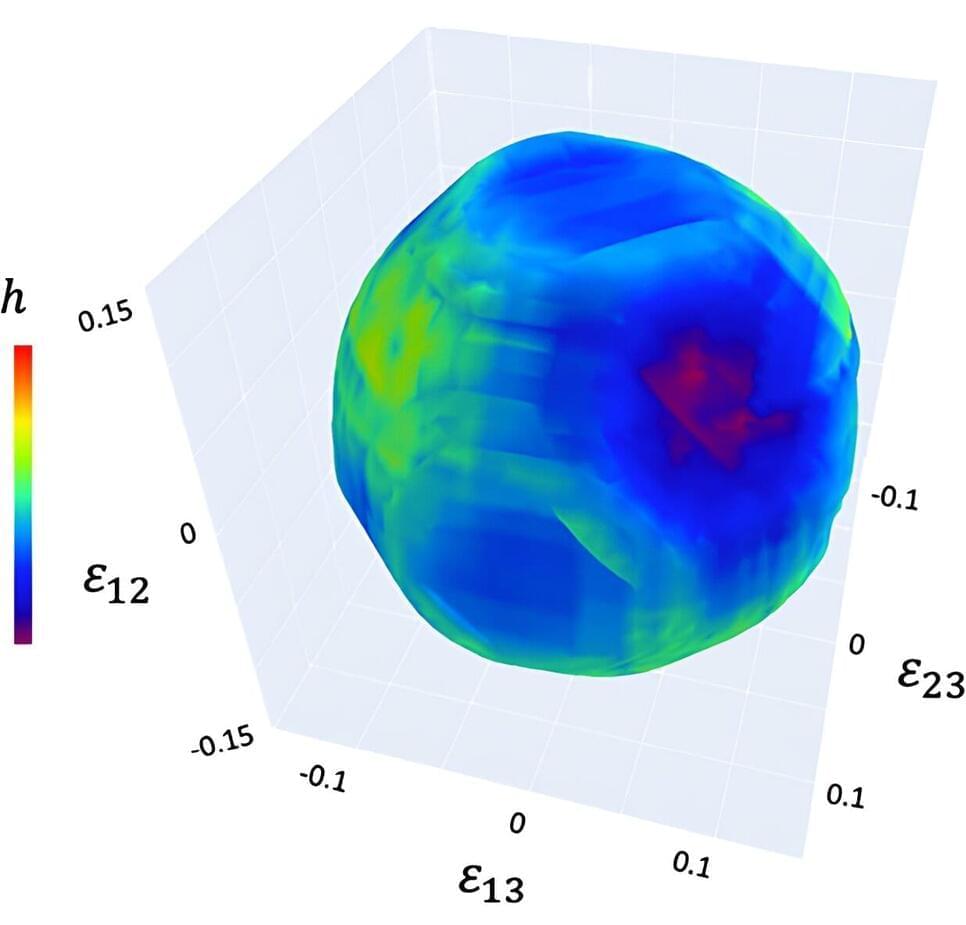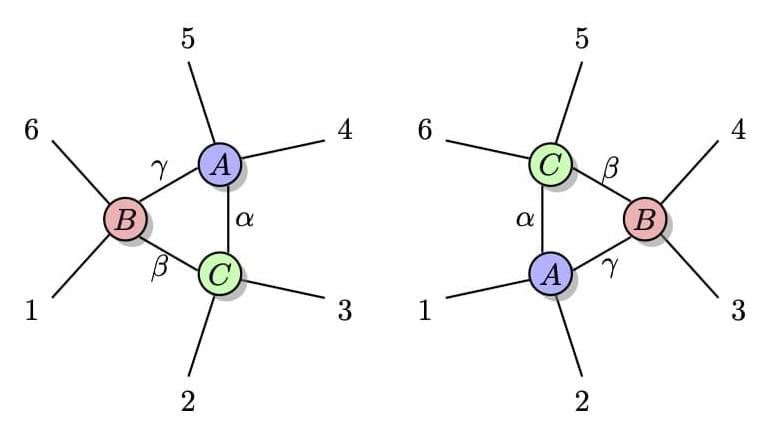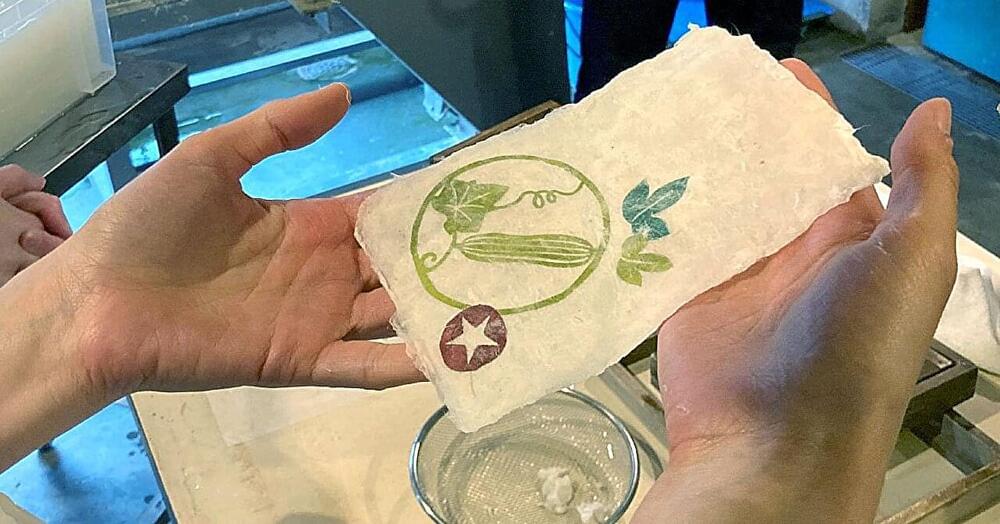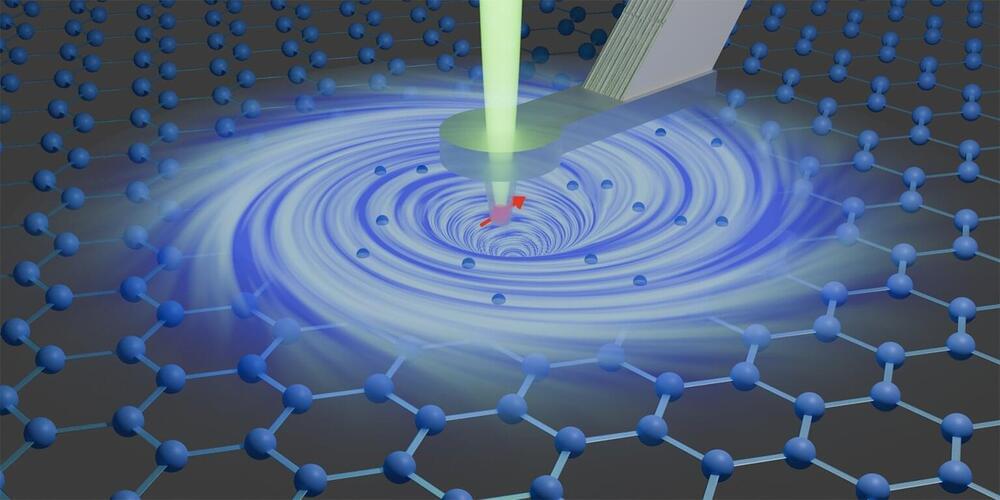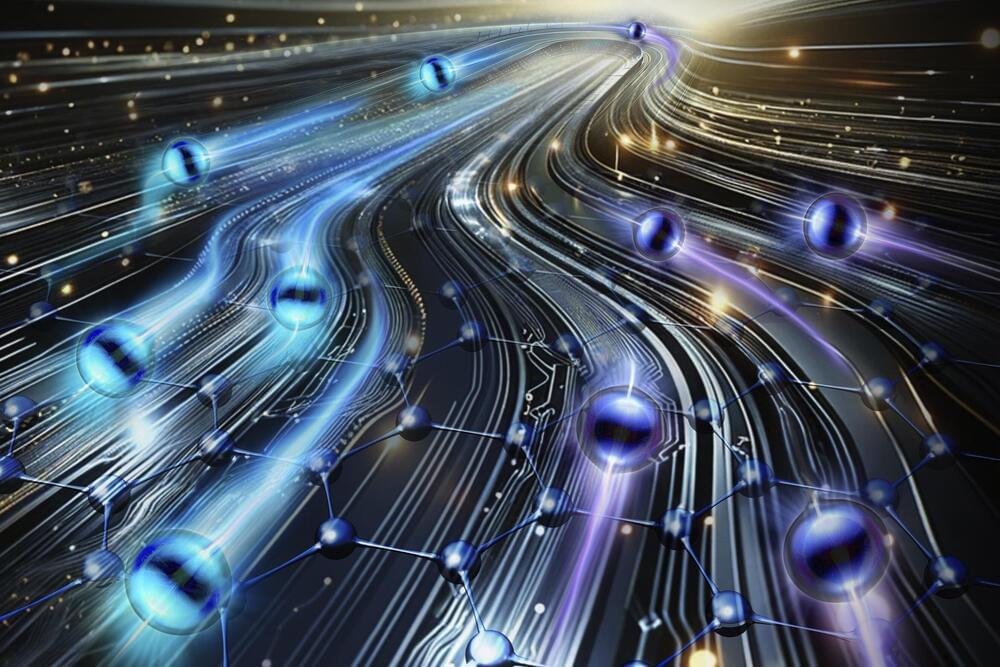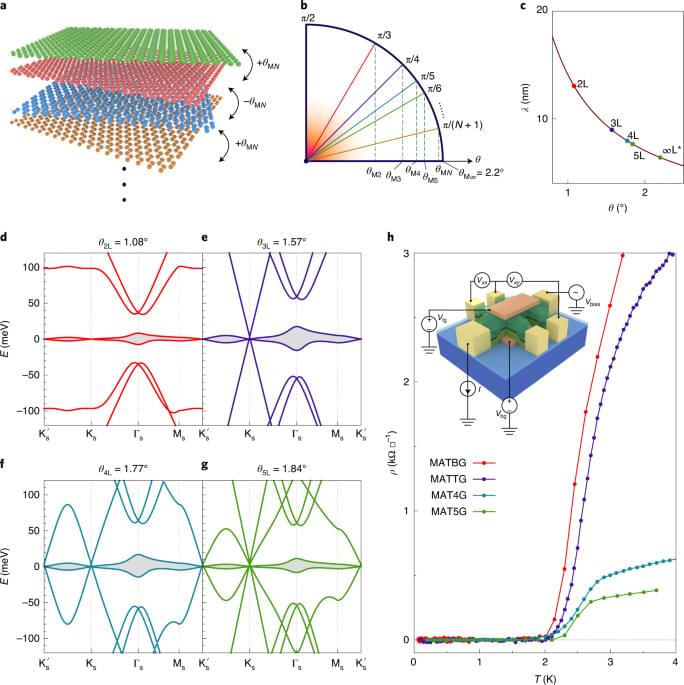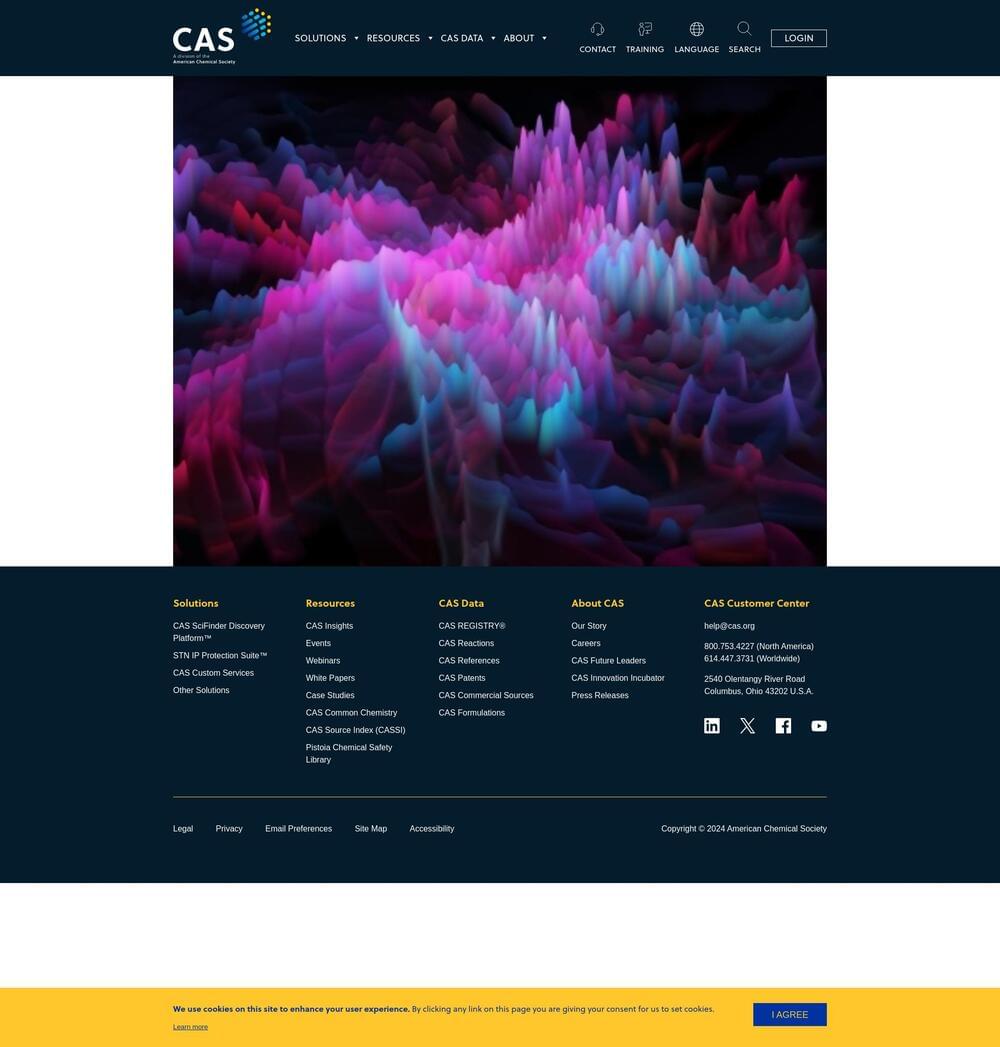May 15, 2024
Biodegradable ‘Living Plastic’ Houses Bacterial Spores That Help It Break Down
Posted by Saúl Morales Rodriguéz in categories: materials, sustainability
A new type of bioplastic could help reduce the plastic industry’s environmental footprint. Researchers led by the University of California San Diego have developed a biodegradable form of thermoplastic polyurethane (TPU), a soft yet durable commercial plastic used in footwear, floor mats, cushions and memory foam. It is filled with bacterial spores that, when exposed to nutrients present in compost, germinate and break down the material at the end of its life cycle.
The work is detailed in a paper published on April 30 in Nature Communications.
The biodegradable TPU was made with bacterial spores from a strain of Bacillus subtilis that has the ability to break down plastic polymer materials.

